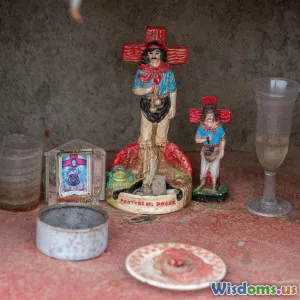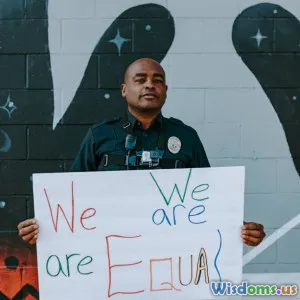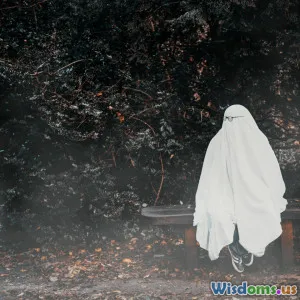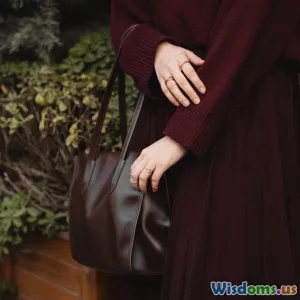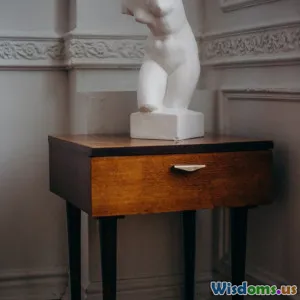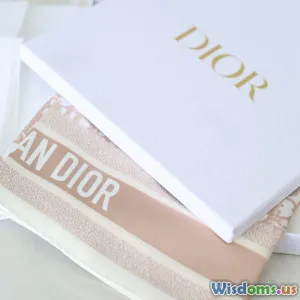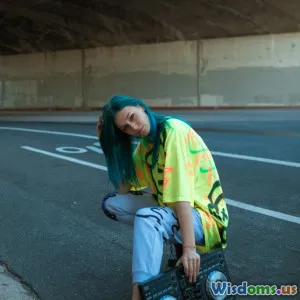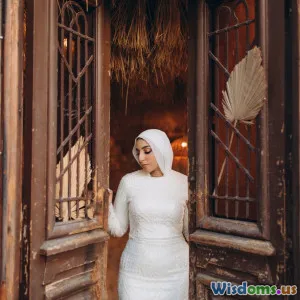
Beauty Traditions Through History
8 min read Explore the fascinating history of beauty traditions across cultures and their evolution over time. (0 Reviews)
Beauty Traditions Through History
Beauty has been an integral part of human culture for centuries. Different eras and societies have expressed ideals of beauty uniquely, often layering these practices with rich symbolism and cultural significance. From the intricate cosmetic rituals of ancient civilizations to today's eco-conscious skincare movements, beauty trends have continually evolved. Let's explore some key beauty traditions from history and how they shape our notions of beauty today.
Ancient Beauty Rituals
Ancient Egypt: The Birthplace of Cosmetics
The ancient Egyptians were pioneers of beauty and skincare, utilizing natural ingredients to enhance their appearance. Products like kohl (a mixture of galena, a lead sulfide ore, and other substances) were used to accentuate the eyes, believed to have protective and healing properties. In fact, the use of kohl dates back to about 3100 BCE.
Women in ancient Egypt bathed with milk and honey to soften their skin and used oils infused with various herbs and minerals to moisturize. Cleopatra herself was famous for her beauty routines, which reportedly included milk baths and elaborate make-up applications. The artistry visible in Egyptian tomb paintings emphasizes that beauty was a highly valued aspect of life.
Graeco-Roman Influences
Beauty practices evolved with the advent of Greek and Roman cultures. The Greeks celebrated physical beauty and emphasized attributes like fitness and symmetry. Their appreciation for aesthetics is captured in their sculptures. One prominent example is the Aphrodite of Knidos, which epitomizes beauty ideals cherished at the time.
While Greek women often used simple face powders, Roman women favored makeup for its ability to evoke a desired persona. They mixed pigments deriving from various natural sources. The famous Roman author Pliny the Elder even noted these trends, describing beauty as “a kind of virtue.”
The Artistry of the East: Japan and China
In Asian cultures, beauty was also intricately woven into society. The Japanese geisha, for instance, idealizes makeup as a form of art. Throughout history, there has been a ritualistic aspect to beauty in Japan, emphasizing perfect application of white face paint (known as oshiroi) and striking red lips to achieve a distinct look that symbolizes elegance.
Similarly, in ancient China, beauty was associated with the practice of foot-binding, a tradition that persisted until the early 20th century and ultimately dictated women’s social standing and desirability.
Medieval to Renaissance Beauty Ideals
Medieval Europe: Modesty and Makeup
In medieval Europe, the concept of beauty was intricately linked to social status and morality. Makeup was often viewed with suspicion as it could imply deceit; thus, natural beauty was preferred. However, women still pursued gluthing their complexions with lead powders or herbal tinctures to achieve the pale visage that was the beauty standard of the time.
The Renaissance: A Rebirth of Beauty
The Renaissance period breathed new life into beauty rituals, incorporating ideals influenced heavily by art and humanism. Botticelli's Birth of Venus showcases the timelessness of ideal beauty standards revived post-medieval times. This period saw a shift as beauty could be attained through careful grooming and cosmetic use, with the wealthy class featuring complex hairstyles and intricate gowns.
Innovations in beauty products also emerged, including the use of essential oils and perfume – societies began to acknowledge the power of scent not just as personal perfume but as an indicator of affluence and social class.
The 18th and 19th Centuries: The Birth of Modern Beauty
Revolution and Resurgence of Makeup
Both the French and American revolutions prompted radical changes in beauty and fashion. The 18th century saw an astonishing rise in the use of makeup among the upper classes, which often included extravagant wigs and beauty patches that signified status and associated social party culture.
Queen Marie Antoinette set trends around this era with her exaggerated styles. Practicality emerged in the late 19th century with the introduction of commercial cosmetics. By 1870, Eugene Rimmel launched a popular mascara product, galvanizing the beauty market's evolution towards accessibility.
Changing Mindsets on Beauty
The 19th century was marked by prominent beauty figures like Elizabeth Arden, who inspired women to embrace beauty as both an art and empowerment. The rise of the suffragette movement catalyzed views on cosmetics, linking beauty practices with social revolutions, as women sought to assert their identities in new, progressive ways.
20th to 21st Century Beauty Trends
Hollywood Glamour and Diverse Representation
The 20th century brought about an age of glamour and mass entertainment. Icons like Marilyn Monroe and Audrey Hepburn presented beauty ideals of femininity, elegance, and the influence of Hollywood. Their looks not only affected fashion but created powerful marketing platform paradigms as well.
The Beauty Revolution: From Vogue to Personal Brands
As we stepped into the 21st century, the explosion of digital media and online platforms diversified beauty representation dramatically. Women began expressing themselves through social media, highlighting that beauty is not limited to one ideal; it includes a myriad of voices and perspectives.
Additionally, health-conscious movements have taken charge, emphasizing natural, organic products driven by sustainability. Transparency in product ingredients and practices is now crucial for modern consumers.
Conclusion
Beauty traditions have seen an astonishing transformation throughout history, serving as a mirror to society's evolving standards, ethical discussions, and cultural identities. From Egyptian kohl to ethically-sourced Korean skincare routines, beauty is a multifaceted field that captures the interplay between art, personal identity, and culture. In understanding how beauty traditions were shaped, we can appreciate the diverse representations of beauty today and recognize our roles in defining what beauty means to us.
As new generations embrace individualistic expressions of beauty, one can only speculate what future beauty traditions will unveil.
Rate the Post
User Reviews
Popular Posts










